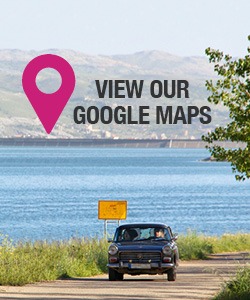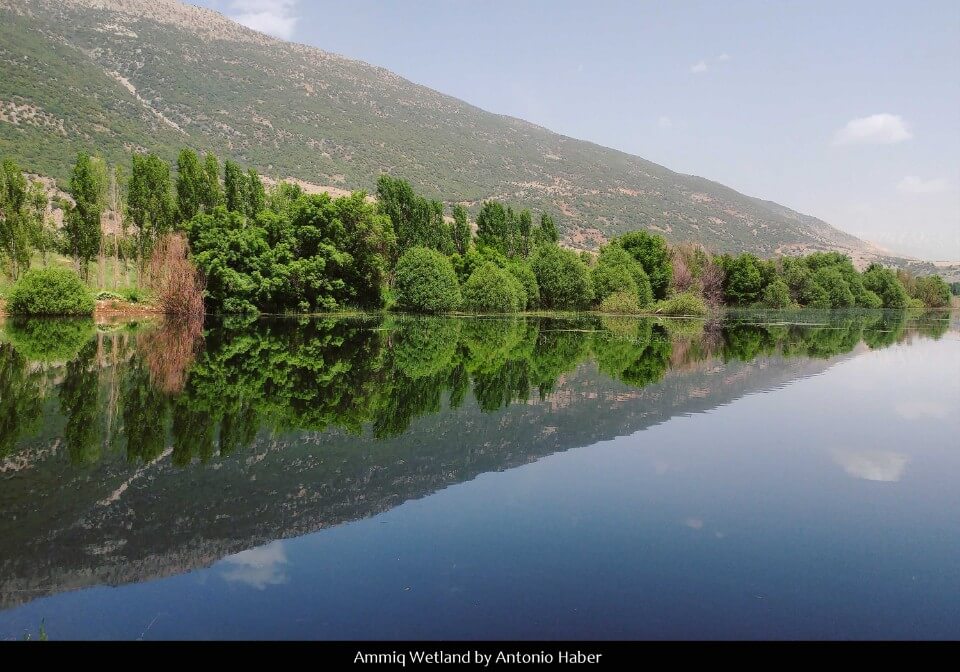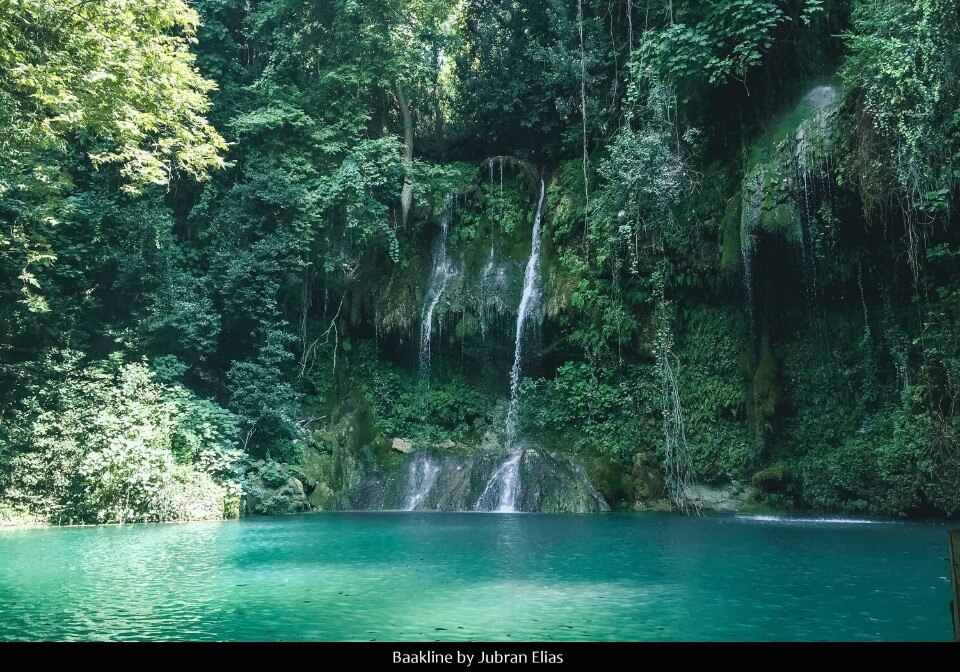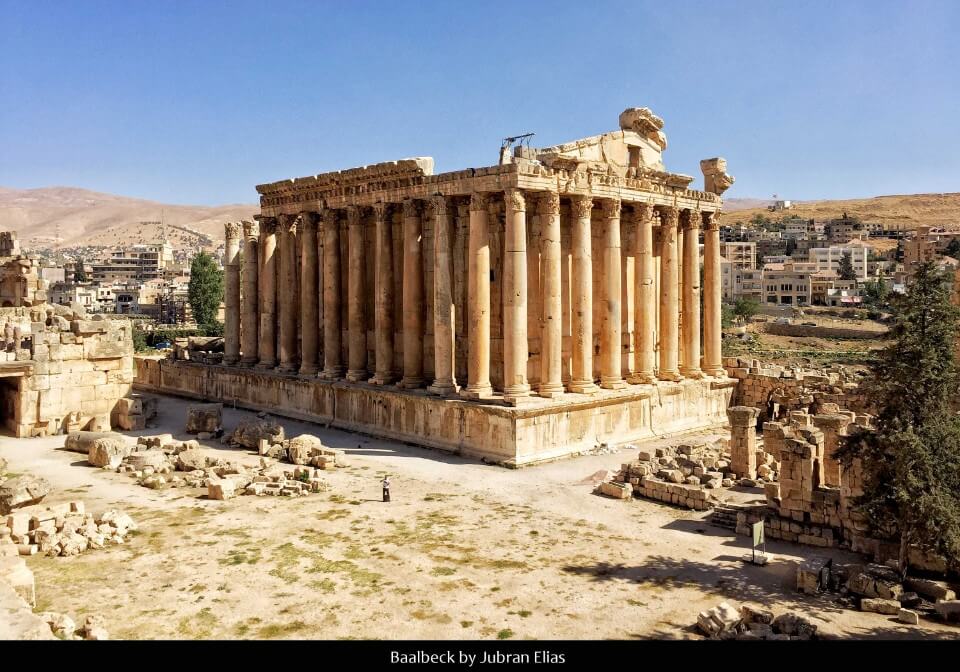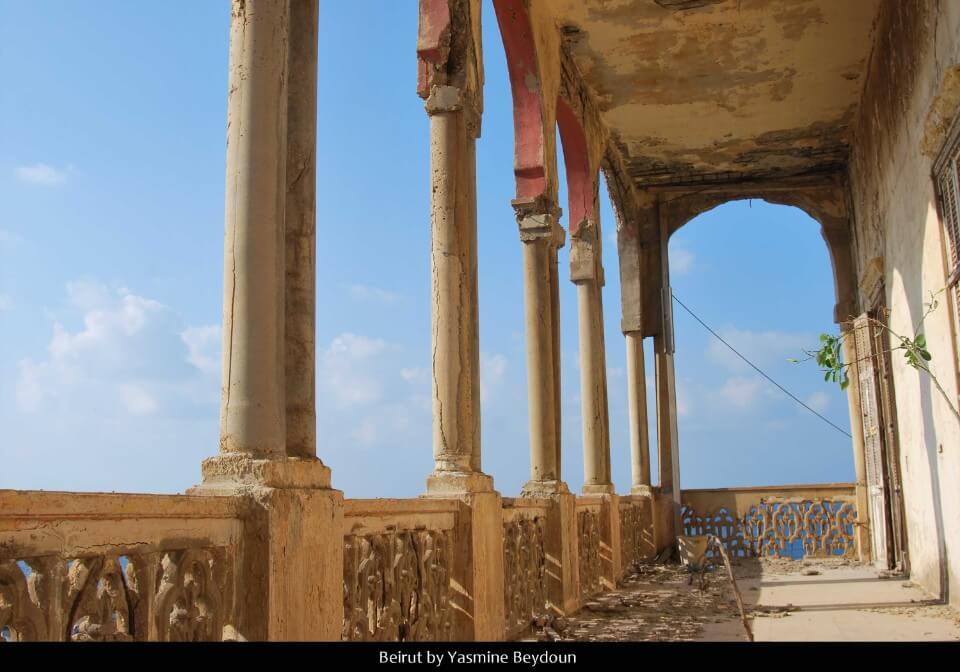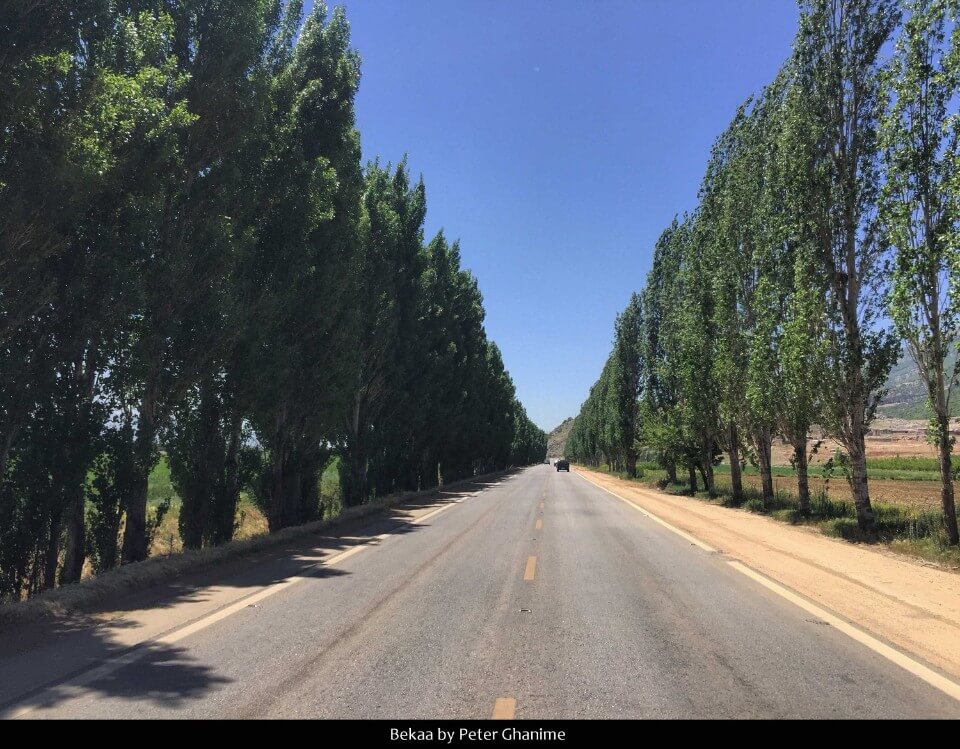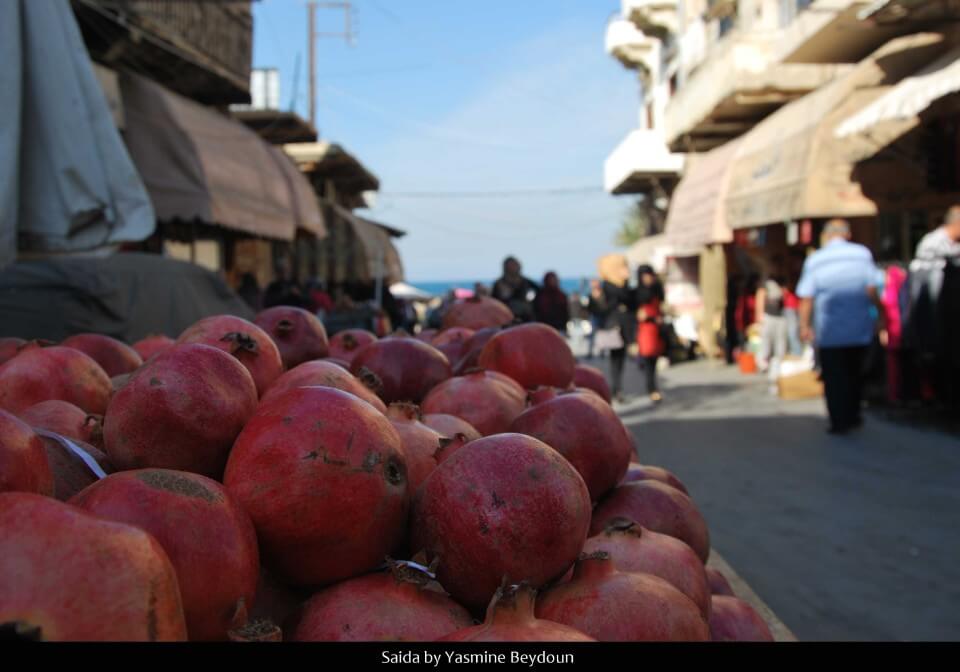Founder of NEOS Tourism consultancy and author of Eco Lebanon: Nature and rural tourism Nour Farra-Haddad gives her eco-friendly tourism tips for touring Lebanon’s coastline during the summer season
1. Island escape
-clement-tannouri.jpg)
Abdul Wahab Island
Photo: Clement Tannouri
El Mina, Tripoli has nine islands. The closest is Abdul Wahab Island, which can be visited by crossing a bridge over the sea. In 1992, a nature reserve was established for three of the islands under the name Palm Islands Nature Reserve. It includes El Nakhl (Palms Island), commonly known as Jazirat El Aranib (Rabbit Island), because of the rabbits bred here during Lebanon’s French Mandate period; Sanani Island, the furthest island from Tripoli mainland, where sea turtles lay their eggs; and Ramkine, also known as El Fanar, which has an old lighthouse that now functions on solar energy. The largest island, El Billan, is named after a type of plant that grows on it and contains a small cavern on the west side. The smaller island, El Rmayleh has sandy beaches. El Ashak (the Lovers), is also known as El Tenieh (the second). El Telteh (the Third) is a flat, rocky island midway between the coast and the most distant island. El Rabha (the Fourth), also known as El Maatih (the Cut-Off), is the smallest island and is used as a docking place by fishermen, while out at sea.
Sleep Take a weekend to island hop, and head back to mainland in the evenings to spend a night at the charming guesthouse Beit El Nessim (03 308156, beitelnessim.com) or boutique hotel Via Mina
(06 222227, Via Mina Hotel).
Eat Bring a picnic with you to enjoy on the islands. Be a responsible visitor and take your trash home with you.
See Visit the second largest of the islands, El Nakhl, where remains of a church from the Crusader era can be seen, along with pools from the 13th century, in addition to the ruins of ancient traditional salinas (salt basins) where salt was once collected.
Go with a guide Book a full package with Tour Leb (70 484545) for their Rabbit Thursday, every week from May to September, or take local fisherman guide Fadi Chabtini (03 796082) and experience traditional fishing or an island tour.
2. Jiyeh Unveiled

Jiyeh
Photo: Emma Grosbois
Only 23km south of Beirut, Jiyeh is known for its unique 7km-long-stretch of sandy beach, along Lebanon’s mainly rocky coastline. The prophet Jonah was said to have landed on its shores when he was spat out by the whale, as described in the Bible. Locals built an oratory dedicated to him, known as Maqâm of Nabi Younes (Prophet Jonas), which still stands until today. Many invaders have passed through Jiyeh, known as Porphyreon during Phoenician times. Tohomtmos the Egyptian and Alexander the Great prepared for the attack on Tyre from Jiyeh’s shore. St. Peter and St. Paul are also said to have walked through Jiyeh several times. Nowadays Jiyeh is known for its beach resorts and night life.
Sleep Though Jiyeh is close enough to Beirut for a day trip, stay overnight at Jiyeh Marina Resort (07 996196), Warwick Pangea Resort (07 995580) or Golden Tulip Jiyeh Marina (07 996736) for a relaxing weekend on its sandy shores.
Eat Enjoy an outstanding Mediterranean sea view from any of the restaurants of Jiyeh’s many resorts such as Jonas (07 995000) Lazy B (70 950010), Orchid (03 040420) and Bamboo Bay (07 995042).
See The shrine of Maqâm of Nabi Younes is worth exploration; in particular a tomb inside a small chamber, dedicated to the Prophet Jonas. The medieval shrine is also used as a mosque and details from the late Roman or Byzantine period can be seen. Nearby, the Maqâm is the site of the Byzantine settlement of Porphyeon, which probably reached its height during the 6th Century AD. The excavations at the site unearthed evidence that the town was known as early as between the 4th and 5th century BC. A stroll through the old ruins in front of the sea reveals houses with paved mosaic floors, along with narrow streets equipped with ancient drainage systems leading to the sea. A number of mosaic floors from early Christian and Byzantine basilicas were found in Jiyeh and are on display at the Beiteddine Palace Museum.
3. Inspiring Naqoura

Naqoura
Naqoura is a small city in Southern Lebanon and the last swimming point in Lebanon. Take the coastal road and enjoy the beautiful scenery along the way. Once at Naqoura, head to the coast and relax on the beach or turn east and visit Shamaa and its surroundings. Shamaa Fort is located on the top of a hill overlooking the coast with an impressive panoramic view. It is one of 20 citadels dating from the Crusader and Mamlouk period in Lebanon. The fort is not yet restored but you can reach it while visiting the sacred Maqâm (Mausoleum) of Shamoun El Safa.
Sleep Enjoy an overnight stop at the luxurious Turquoise Beach Resort (78 822866, 78 822877, turquoise-lb.com) or at hotel and restaurant Rêve de la Mer (07 460468).
Eat Both resorts offer food, right in front of the sea, or head back towards Sour to one of the restaurants in the old city or by the coast such as Fanar restaurant (07 741111, 03 665016, alfanarresort.com) or Le Phenicien (07 740564).
See Drive back north about 17km from Naqoura to discover the Natural Reserve of Sour Coast that contains the largest sandy beach in Lebanon. It is known for its marine ecosystem and an important nesting site for migratory birds and endangered sea turtles.
Loading


